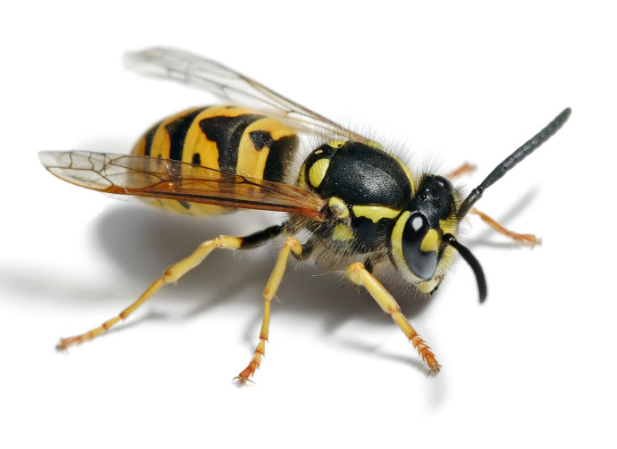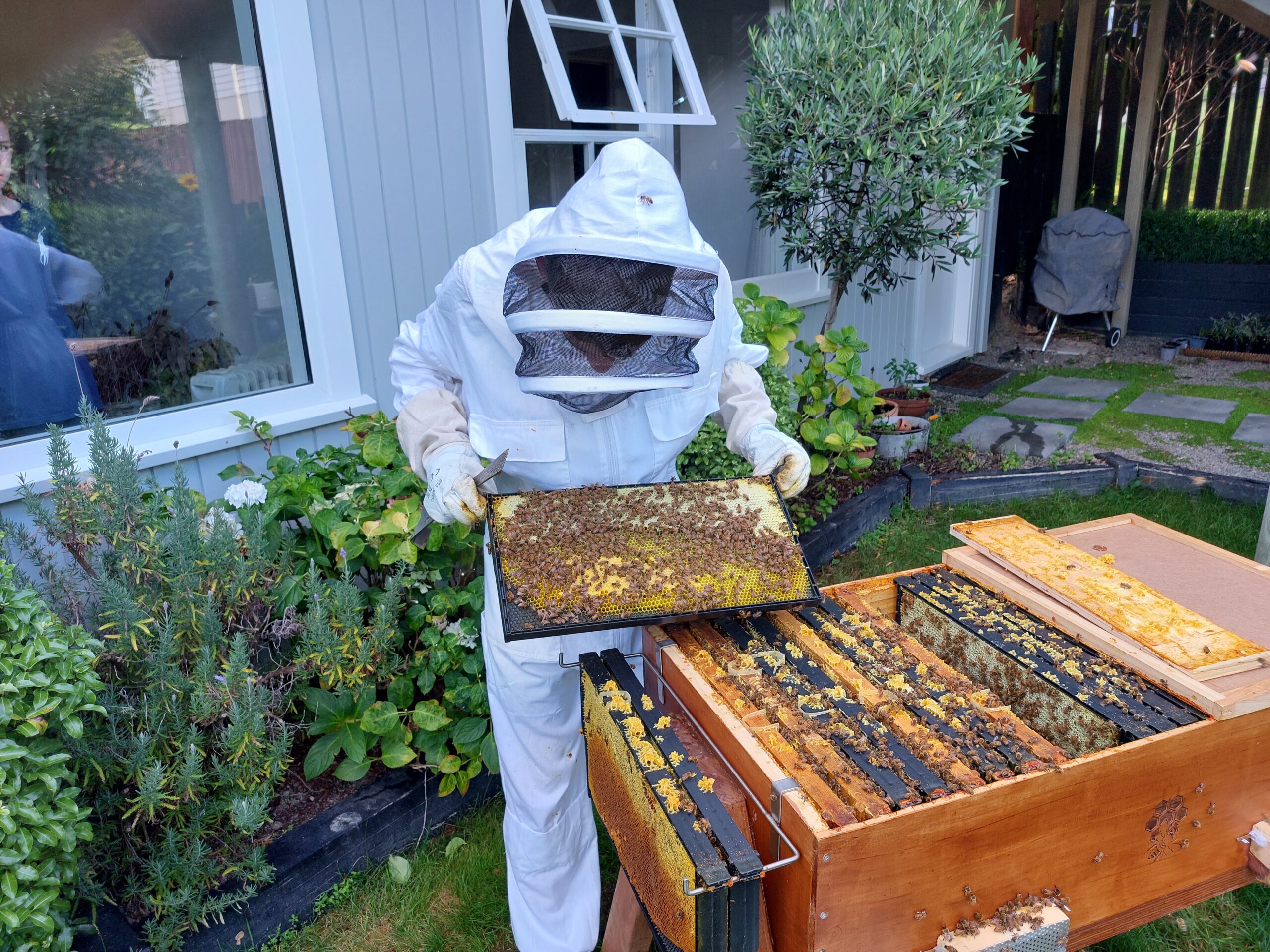
I have been considering the importance of hive temperature and its effect on the bees.
The design of the hive, whether it be a nest in a tree or a man-made hive, considerably impacts hive temperature. Hive design has not changed fundamentally since the Langstroth hive was invented in 1854.
Commonly, Langstroth hives are constructed from soft timber less than 23mm thick. (This is far thinner than a natural timber log). Soft timber such as pine has a low insulation value of R1.21 (for 22mm thick). In contrast, an EPS (polystyrene) hive has an insulation value of R7.9. (See information on our Paradise EPS Hiveware: https://www.hiveworld.co.nz/product-category/hiveware/paradise-hiveware-system/ ). This insulation factor is important for the hive to manage both temperature and humidity.
Hive construction with poor insulation from external conditions diverts workers away from important jobs such as defense, resource gathering and cleaning in order to manage the hive homeostasis*. The honey bee maintains a brood nest temperature of between 34.5C and 35.5C, critical for brood development. Failure to manage the nest and brood temperatures within this narrow range has serious results. There will be a retardation of brood cognitive abilities and a decline in the colony’s health.
Stable homeostasis provides increased worker availability resulting in a larger foraging population for pollination or nectar collection.
From this we can see that hive temperature and its effect on the bees is a vital consideration when considering bee health.
How do bees maintain nest temperature?
Bees maintain nest temperature through four primary methods: heating, cooling, evacuation, and insulation (thermal distribution). Heater bees achieve heating through vibration of their antagonistic thoracic flight muscles. They either press themselves against the capped brood or enter empty cells between brood cells to radiate heat to multiple cells. An important point to note here is that stored honey also plays a role in temperature management as it has a lower rate of temperature change compared to the surrounding air (as a heat sink or heat store).
*Homeostasis is the state of steady internal, physical and chemical conditions maintained by a living organism. It relates to the optimal functioning of an organism e.g. keeping its temperature and fluid balance within certain pre-set limits.





